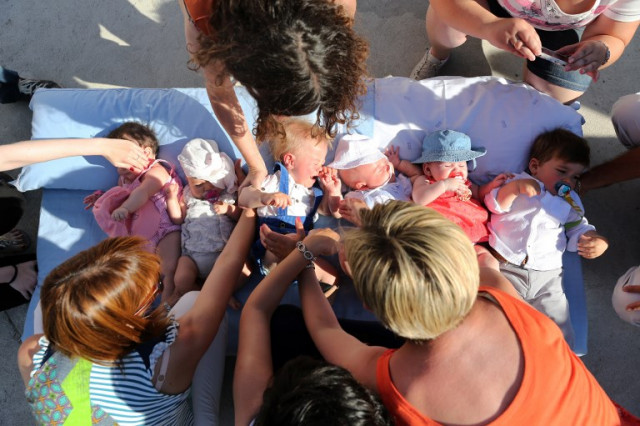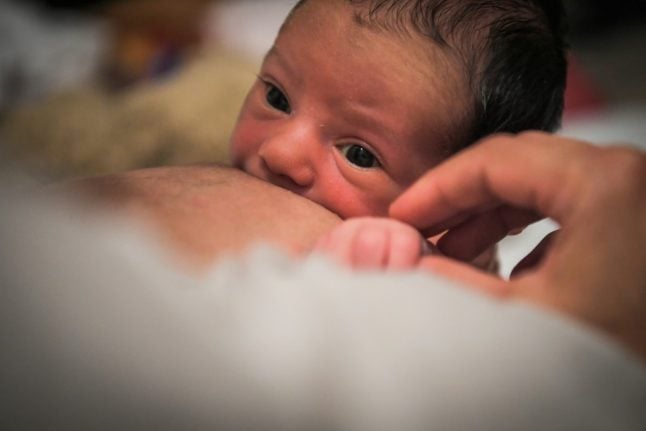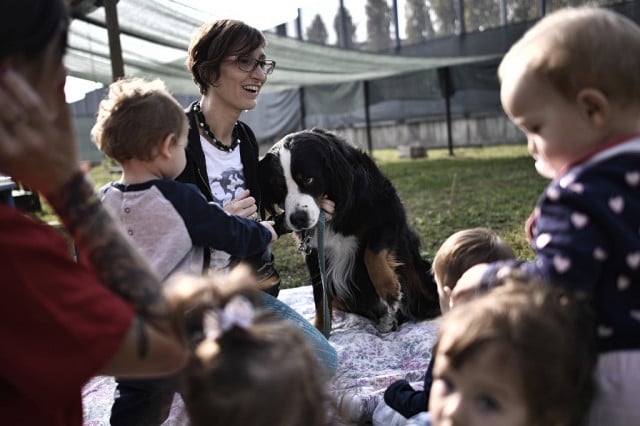If you’ve had a child in the last four years and have been receiving Spanish paternity/maternity social security benefits, you will now be able to reclaim the income tax (called IPRF in Spain) you paid on those payments.
Spain’s Inland Revenue Ministry announced on Monday that the claim back form is now available online for parents who had children in the country in 2014 and 2015, allowing them to reclaim and receive the income tax back this very week.
Parents who had a child in 2016 and 2017 will have to wait until January 2019 to have access to the tax rebate. Those who had a child in 2018 need not apply for the rebate as their benefits are already exempt of income tax.
Hacienda Minister María Jesús Montero told journalists that the main information applying parents will have to provide is their children’s date of birth and their bank account details for the money to be wired.
Spain’s tax agency will then take that information and carry out the necessary social security background checks before reimbursing parents.

Mothers will on average be able to claim around €1,600 while fathers will get back roughly €383, based on the amount of time they’ve received the contributions.
Government estimates suggest the new measure will cost the country’s public coffers €1.2 billion.
The news comes after an October 5th Supreme Court ruling which decided that parents in Spain shouldn’t be liable to pay IRPF income tax on maternity and paternity benefits, going against Hacienda’s claims that they should.
Spain recorded its lowest birth rate in 40 years in 2017: 8,4 births for every 1,000 people.
A fertility survey published by Spain’s National Stats Agency on November 28 suggested however that half of all Spaniards want to have two children and a quarter wish to have three.
Why this desire for more offspring hasn’t bumped up the current average of 1,3 children per family in Spain is according to the study largely due to the “financial costs” involved in rearing a child as well as the difficulties in finding a “work vs family life balance”.




 Please whitelist us to continue reading.
Please whitelist us to continue reading.